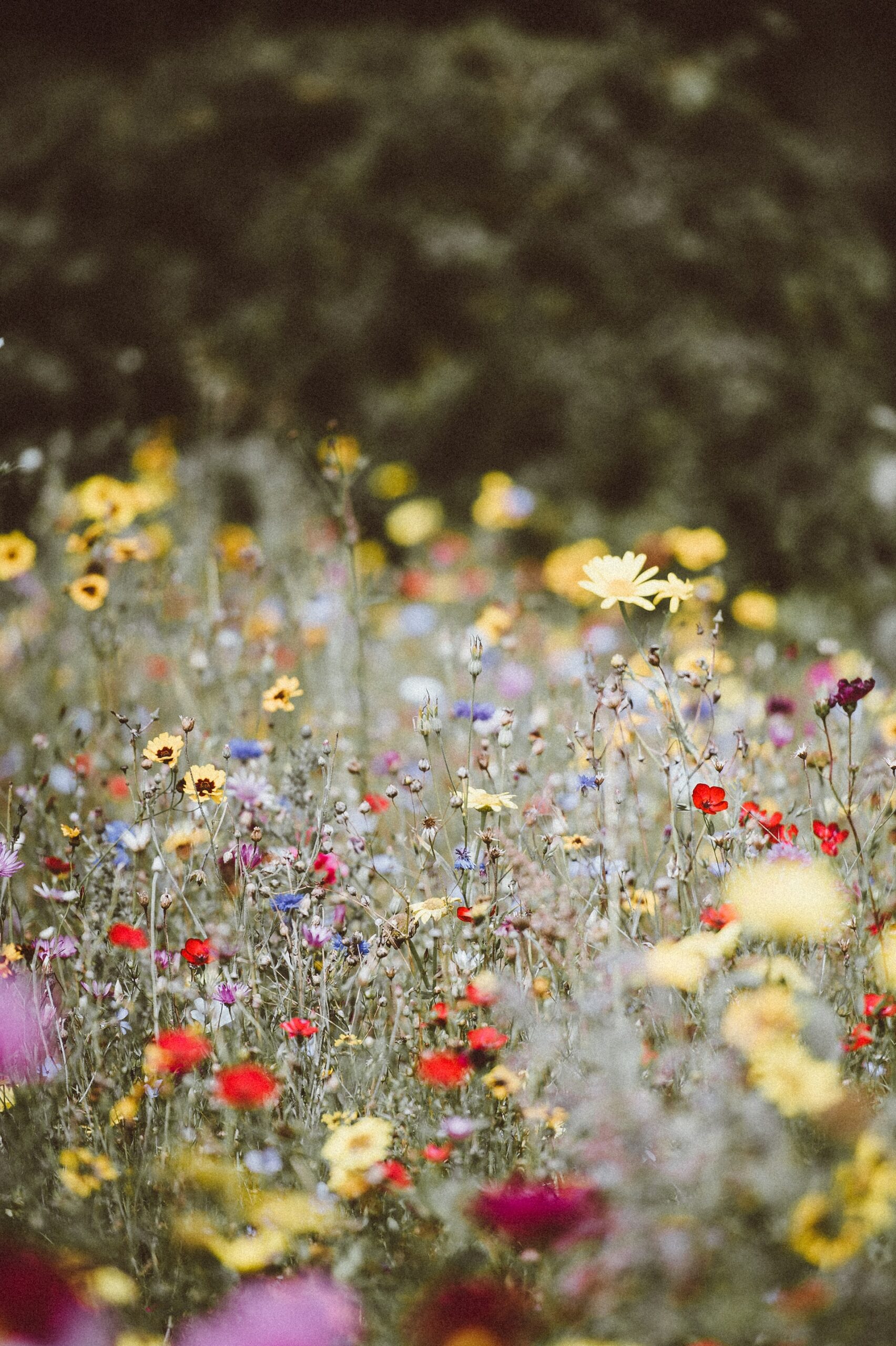Welcome, nature lovers. As gardeners and nature enthusiasts, our collective role in supporting local biodiversity is crucial. Using native plants in our gardens not only creates a familiar and comforting environment for local wildlife but also preserves the unique biodiversity of our regions. Let’s delve into these wondrous warriors of the local ecosystem.
Milkweed
Glorifying your backyards with their pink clusters, milkweed serves far beyond its aesthetic appeal. Lady Monarch butterflies depend on it for their survival, since the caterpillars of these regal insects feed exclusively on milkweed. Furthermore, the plant’s flowers provide an abundant nectar source for a variety of other pollinators.
Oak Trees
Witness the avian symphony facilitated by the mightiness of oak trees. Acting as a bustling restaurant for birds, it offers them a grand feast of insects thriving on its leaves, while its acorns cater to larger wildlife. The illustrious canopy of these trees also serves as a perfect nesting site.
Sunflowers
Facing towards the sun, sunflowers radiate energy and life. They’re a blessing for bees, butterflies and other pollinators who jump from one flower to another, collecting and transferring pollen, thus playing a crucial role in food production.
Serviceberry
A four-season star, serviceberry blooms in early spring, provides succulent berries in summer, showcases brilliant foliage in fall and has a neat architectural form in winter. This makes them an ideal habitat-lending plant for a variety of bird species.
Wild Berries
Let’s squint our eyes on those squabbling jays, fighting over wild berries. Berries cater to a wide variety of wildlife. Ranging from turtles, mammals, and butterflies, to various bird species, the berries offer a nutrition-packed snack.
Coneflowers
With their distinctive large, cone-shaped heads, coneflowers are inviting destinations for many pollinators. Celebrate nature’s creativity as you see a bustling activity of butterflies and bees around these flowers.
Sumac
Fast-growing and resilient, sumacs are perfect for dry, challenging soils. Delight in seeing the birds flutter among these trees, attracted by their clusters of red berries.
Goldenrod
Turning fields into a golden paradise, goldenrod is a pollinators’ magnet. In fact, hundreds of insect species rely on this plant for their food and shelter, aiding in overall insect biodiversity.
Buttonbush
With its funky, spherical flowers, buttonbush is irresistible to many insect pollinators. Hummingbirds, butterflies and bees all hover around this shrub, contributing to an energetic ecosystem.
Bluestem Grass
Bluestem grass is a haven for many wildlife species. It helps in soil conservation, provides cover for birds and rodent species, and serves as a practical forage grass.
Ironweed
During late summer, delight in the bold purple flowers of ironweed. Butterflies, bees and beetles find it particularly attractive. Not to mention, its seeds are a vital food source for songbirds during late autumn and winter.
River Birch
River birch shelters local birds, provides caterpillars for baby chicks, and stabilizes riverbanks with its spreading, matted roots. It’s quite the supportive entity in a wildlife-rich yard.
In conclusion, using native plants in our landscapes is a beautiful and fulfilling way of preserving local ecosystems. Let’s nurture the seeds of this change. In this delicate, interconnected network of life, even the smallest garden can make a big impact.

